RHS Horticultural Advisor Adrian Thorne ponders hedges that bring pollution protection and wildlife value without casting too much shade
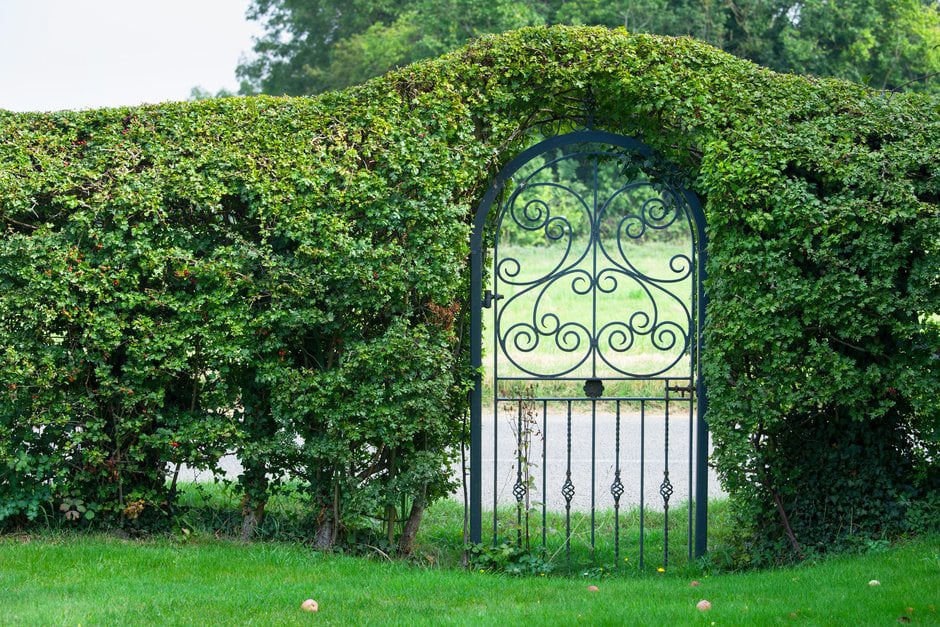
 I’m aiming to make my small suburban front garden more productive. I’d like it to look good, but also to produce some food for us to eat. One niggling worry is that we live opposite a school and twice a day there’s the coming and going of many cars. Should I be worried about the pollution from these cars, which will be less than two metres from where I’m planning to grow food?
I’m aiming to make my small suburban front garden more productive. I’d like it to look good, but also to produce some food for us to eat. One niggling worry is that we live opposite a school and twice a day there’s the coming and going of many cars. Should I be worried about the pollution from these cars, which will be less than two metres from where I’m planning to grow food?
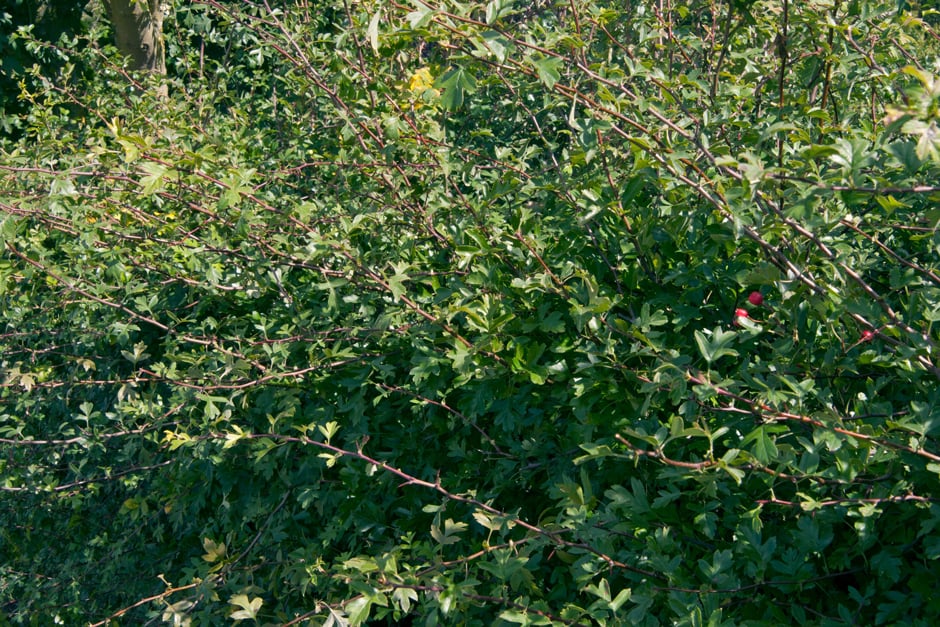 I read some research saying that we needn’t be too concerned about pollution from traffic and car tyres, as most of it can be washed off. However, there is also the problem that dust from roads can reduce plants’ ability to photosynthesise, so my lettuces need protection too.
I read some research saying that we needn’t be too concerned about pollution from traffic and car tyres, as most of it can be washed off. However, there is also the problem that dust from roads can reduce plants’ ability to photosynthesise, so my lettuces need protection too.
So all in all I am very keen to reduce the amount of dusty pollution coming into contact with my veg, and I’ll make sure I rinse anything before we serve it on a plate – which seems like plain good advice anyway.
The most practical way to protect my crops from road dust is to install a barrier or filter, and thankfully centuries of garden design has provided me with the perfect tool – a hedge! A solid block of filtering plants that I can put between my garden and the road.
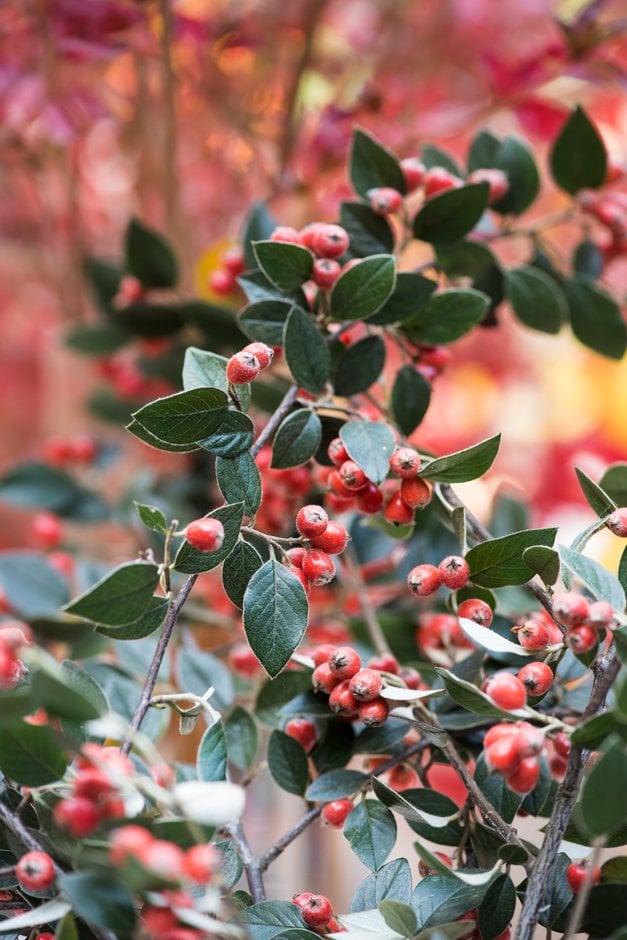 RHS Principal Scientist Dr Tijana Blanusa has been leading research into the ability of hedges to trap pollution, publishing several papers on the topic. She has found that some plants are better at trapping pollution than others. Plants with small and hairy leaves capture the most particles.
RHS Principal Scientist Dr Tijana Blanusa has been leading research into the ability of hedges to trap pollution, publishing several papers on the topic. She has found that some plants are better at trapping pollution than others. Plants with small and hairy leaves capture the most particles.
If you live near a busy road, then perhaps look at a plant like cotoneaster – the hairy leaves are perfect for trapping pollution.
However, Tijana found that all hedges bring some pollution protection to the garden, so because my road isn’t particularly busy, it matters less which species of hedge I plant, so long as I plant something. Of course hedges also provide for wildlife, which I’ll need for pollination and managing the less welcome insects in my garden. And they can even produce a harvest of their own too.
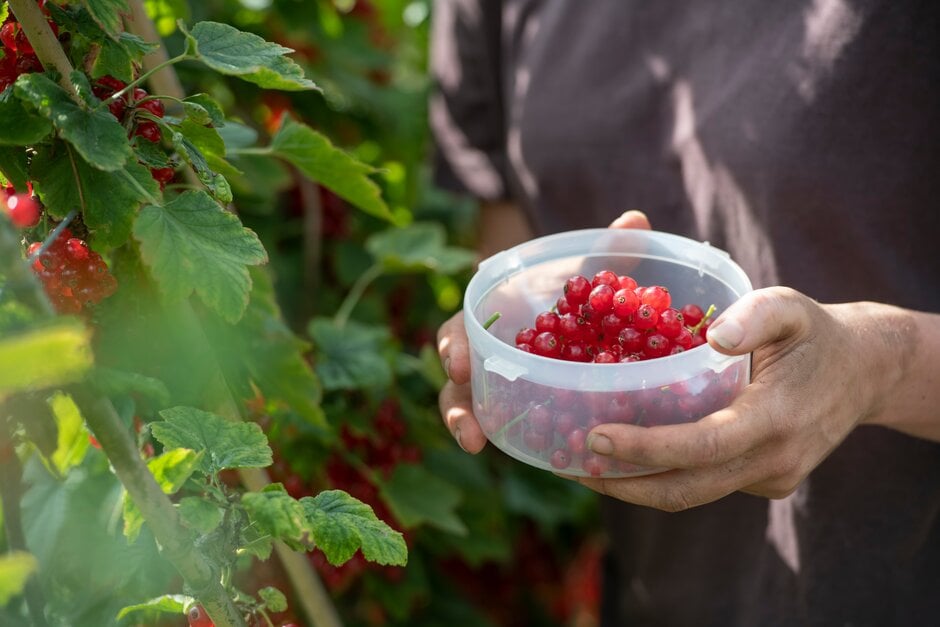 For a harvestable hedge of about the right height so it doesn’t cast too much shade, I could go for a mixture of red, black and white currants plus some gooseberries (thornless for safer picking). Or a mixed native hedge kept low, for its wildlife value.
For a harvestable hedge of about the right height so it doesn’t cast too much shade, I could go for a mixture of red, black and white currants plus some gooseberries (thornless for safer picking). Or a mixed native hedge kept low, for its wildlife value.
But I’m drawn to a rose hedge – attractive to look at in the summer and lots of hips for birds to eat later in the year. Whatever I choose I’m confident it will have a positive effect on my veggies.

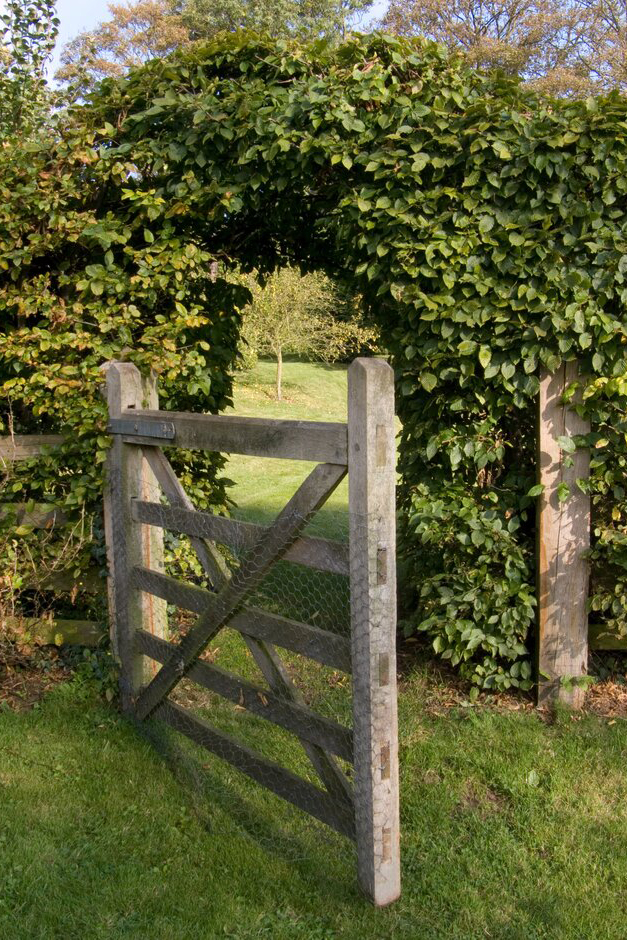 You may also be interested in...
You may also be interested in...
Pick of the crop
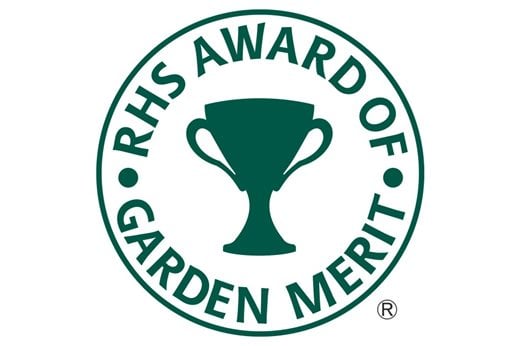 Look for the RHS Award of Garden Merit (AGM) when buying vegetable seed or small plants. You can also download the RHS lists of recommended cultivars.
Look for the RHS Award of Garden Merit (AGM) when buying vegetable seed or small plants. You can also download the RHS lists of recommended cultivars.
About the author – Adrian Thorne
Adrian is a member of the Horticultural Advice team at RHS Wisley, with a garden on heavy clay, a family and a dog that enjoys digging up plants. He has become increasingly interested in growing his own food and low carbon gardening over recent years.

